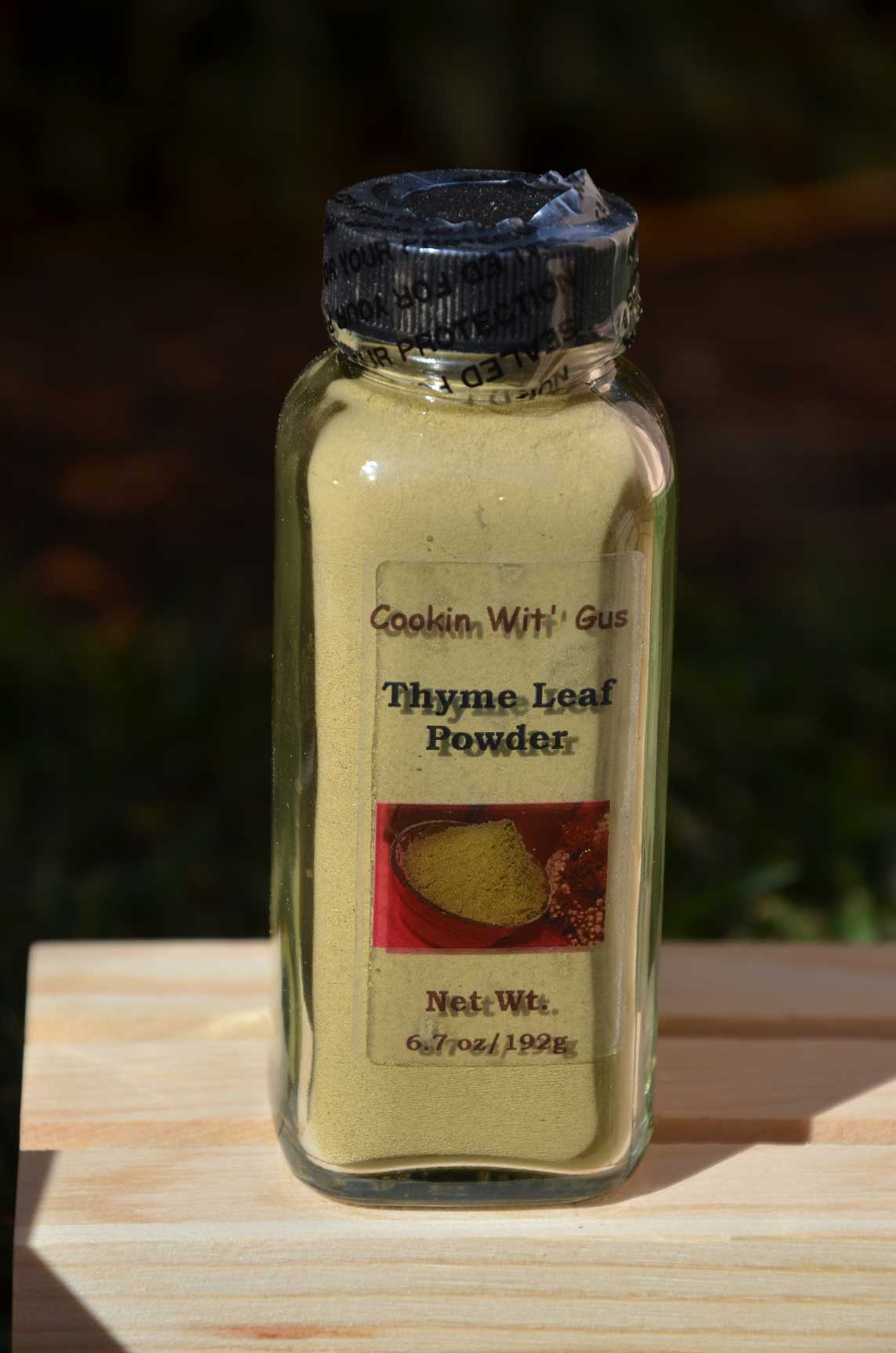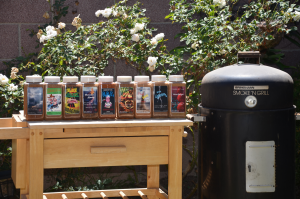Description
Thyme leaf powder is any member of the genus Thymus of aromatic perennial evergreen herbs in the mint family Lamiaceae. Thymes are relatives of the oregano genus Origanum. They have culinary, medicinal, and ornamental uses, and the species most cultivated and used for culinary purposes is Thymus vulgaris. Ancient Egyptians used thyme for embalming, but it’s also used when preparing food.
The ancient Greeks used it in their baths and burnt it as incense in their temples, believing it was a source of courage. The spread of thyme throughout Europe was thought to be due to the Romans, as they used it to purify their rooms and to “give an aromatic flavour to cheese and liqueurs”.
Description:
It is a common component of the bouquet garni, and of herbes de Provence. Thyme is sold both fresh and dried. During summer-seasonal, fresh greenhouse thyme is often available year-round. The fresh form is more flavorful, but also less convenient; storage life is rarely more than a week. However, the fresh form can last many months if carefully frozen.
Usage:
In the European Middle Ages, thyme leaf powder was placed beneath pillows to aid sleep and ward off nightmares. In this period, women also often gave knights and warriors gifts that included thyme leaves, as it was believed to bring courage to the bearer. Thyme was also used as incense and placed on coffins during funerals, as it was supposed to assure passage into the next life. In some Levantine countries, and Assyria, the condiment za’atar (Arabic for both thyme and marjoram) contains many of the essential oils found in thyme.
Fresh thyme is commonly sold in bunches of sprigs. A sprig is a single stem snipped from the plant. It is composed of a woody stem with paired leaf or flower clusters (“leaves”) spaced 1.2 to 1 inch (13 to 25 mm) apart. A recipe may measure thyme by the bunch (or fraction thereof), or by the sprig, or by the tablespoon or teaspoon. Dried thyme is widely used in Armenia in tisanes (called urc).
To maintain freshness, this spice is shipped in glass bottles. That’s because glass jars can preserve the freshness of spices for up to 2 years. Glass is an awesome option for storing spices because it doesn’t react to ingredients, unlike plastics and wood. Glass doesn’t typically conduct heat and you can see what’s inside to keep track of inventory.
This spice is additive and preservative free !!!!
Shipped directly from our store to your door…….
“Life’s Good When You’re Cookin Wit’ Gus”












Reviews
There are no reviews yet.